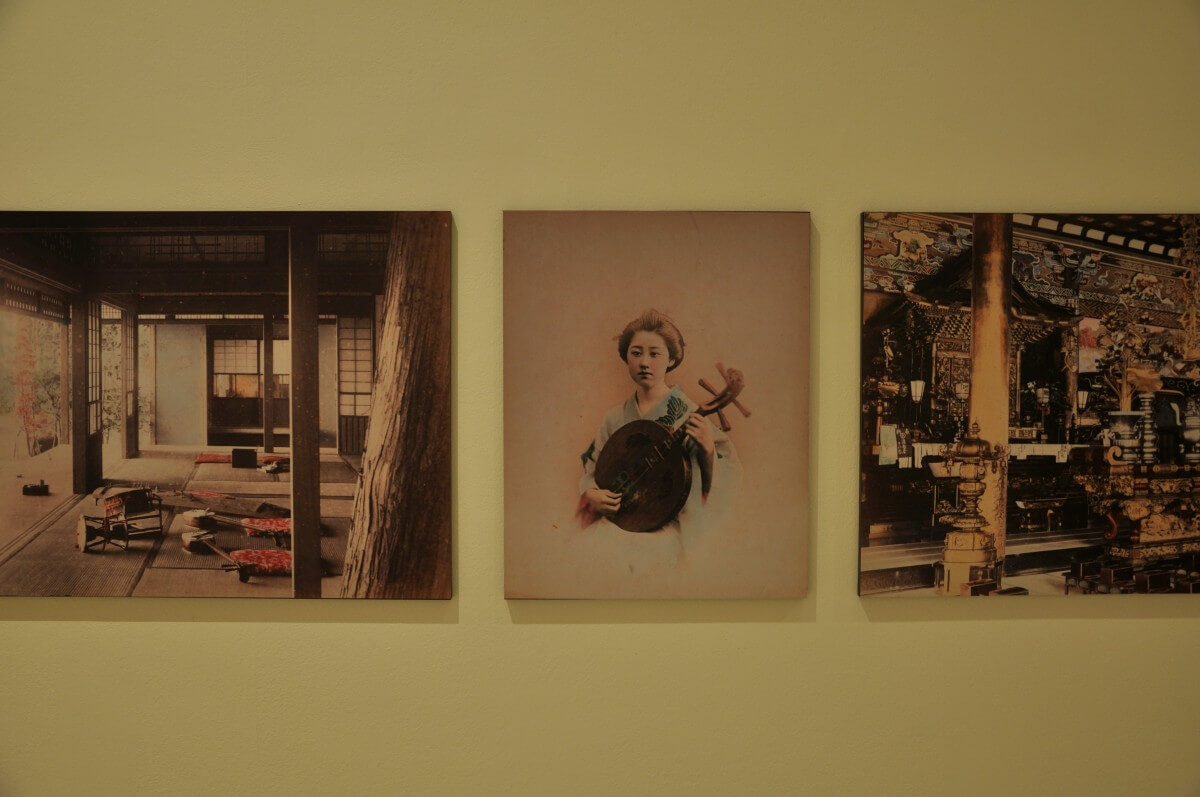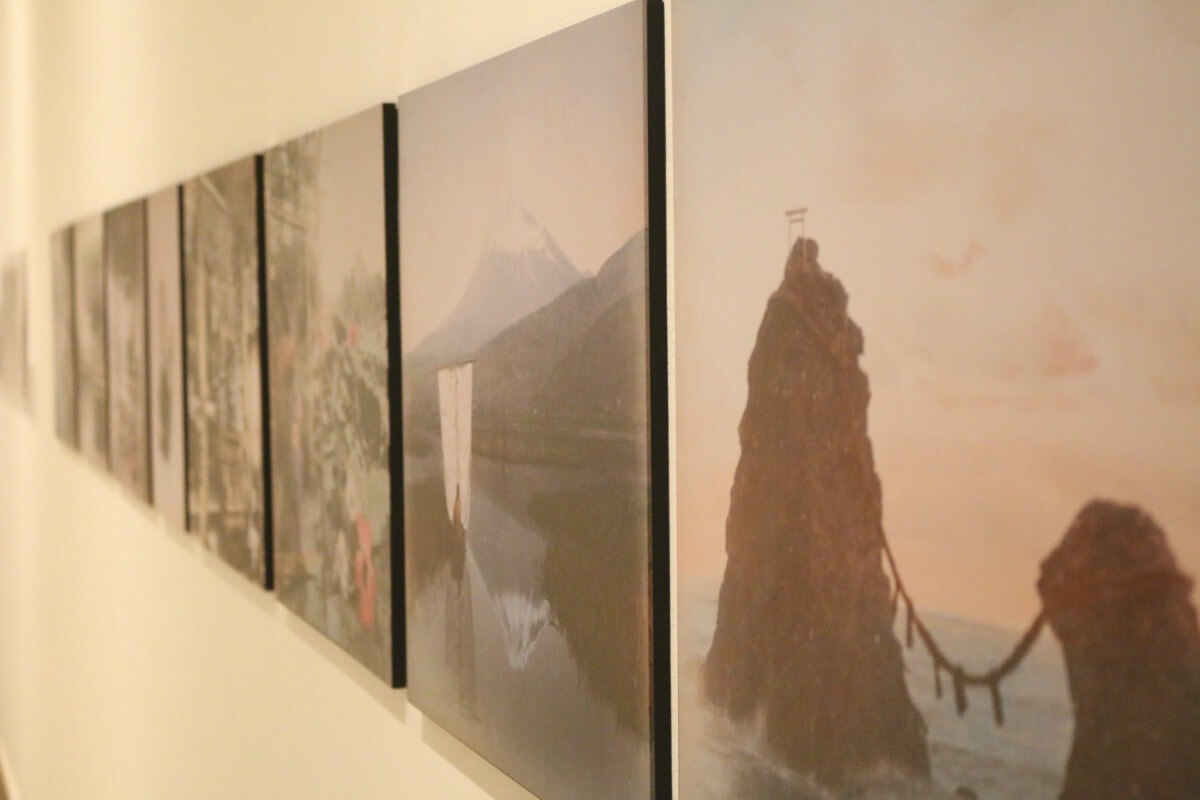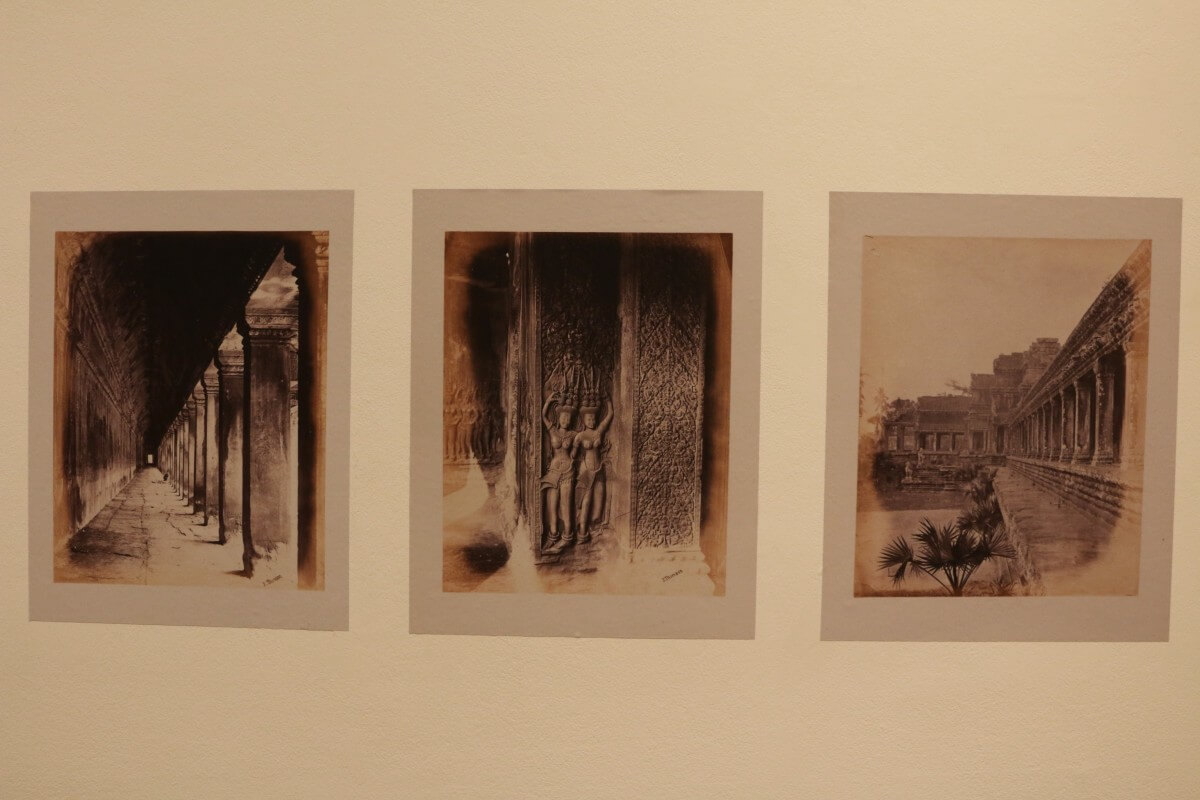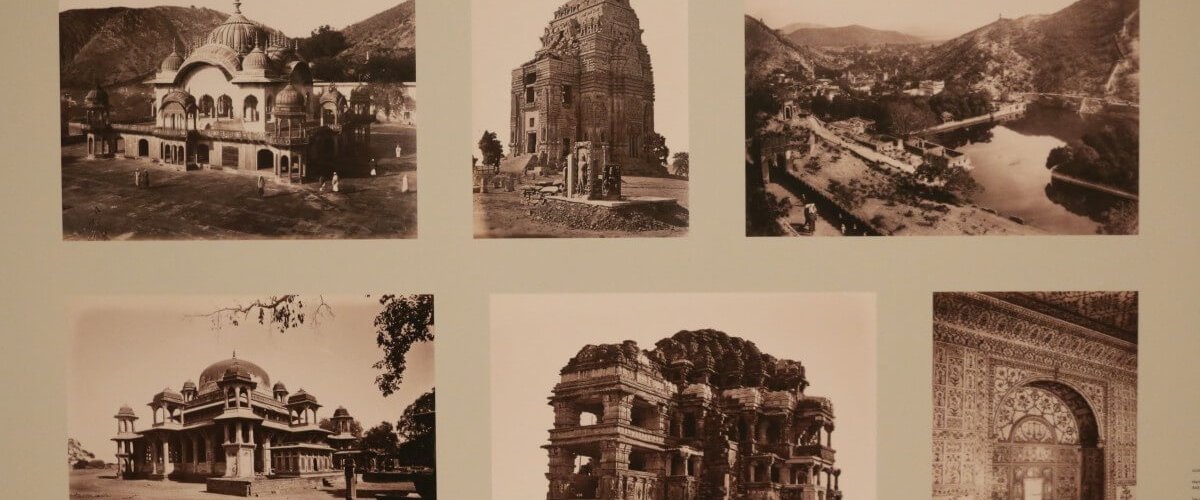The Photography Collection at the RAS – Dr Amy Matthewson
If you have not yet had the opportunity to visit the Extraordinary Endeavours exhibition at the Brunei Gallery, do please come before it closes on the 15th of December 2023. The exhibition celebrates the Society’s bicentenary and its involvement in communication, collaboration, and dissemination of the study of science, literature, religion and the arts of Asia.

When there, remember to visit the lower floor where you will find more treasures. The back wall offers a fascinating look at nineteenth century photographs, some of the first photographic documentation of the West’s engagement with Asia. These images were taken by various photographers in Hong Kong. The American Milton Miller (1830-1899) is one of the photographers we have showcased. He worked mostly in Hong Kong but he did travel to Macao and Guangdong and made a great variety of staged photographs that are wonderfully preserved in the archives of the Royal Asiatic Society.

If you keep walking along the corridor, there are some stunning photographs of Japan. From the mid to late 19th century, before the invention of colour photography, the practice of hand-colouring photographs was commonplace, particularly for travel and tourist views. As the country opened up to foreign visitors from the 1870s, productions were bound in elaborate lacquer albums for sale to foreign customers.

In order to fully appreciate the photographs, it is worth coming to the Royal Asiatic Society to view in person because these images lose their materiality by being reconfigured for display. It is impossible to know the actual size of these photographs but some are quite small, the size of carte-de-visites, while others still are large.

The physical condition of the photograph, dates or writings on the back, for example, are also lost in the configuring. And of course, it is impossible to have displayed the full range and diversity of photographs that are available in the collection. The photographic works of Lai Fong, known professionally as Afong, is available upon request. He had a Hong Kong studio staffed with both Western and Chinese employees. In 1883, Lai became a British subject and his photographs were complimented by the famous Scottish photographer John Thomson who remarked that Lai “produces work that would enable him to make a living even in London” (Terry Bennett, History of Photography in China, 2013, p. 188).
Photography courtesy of www.jakeireland.com

